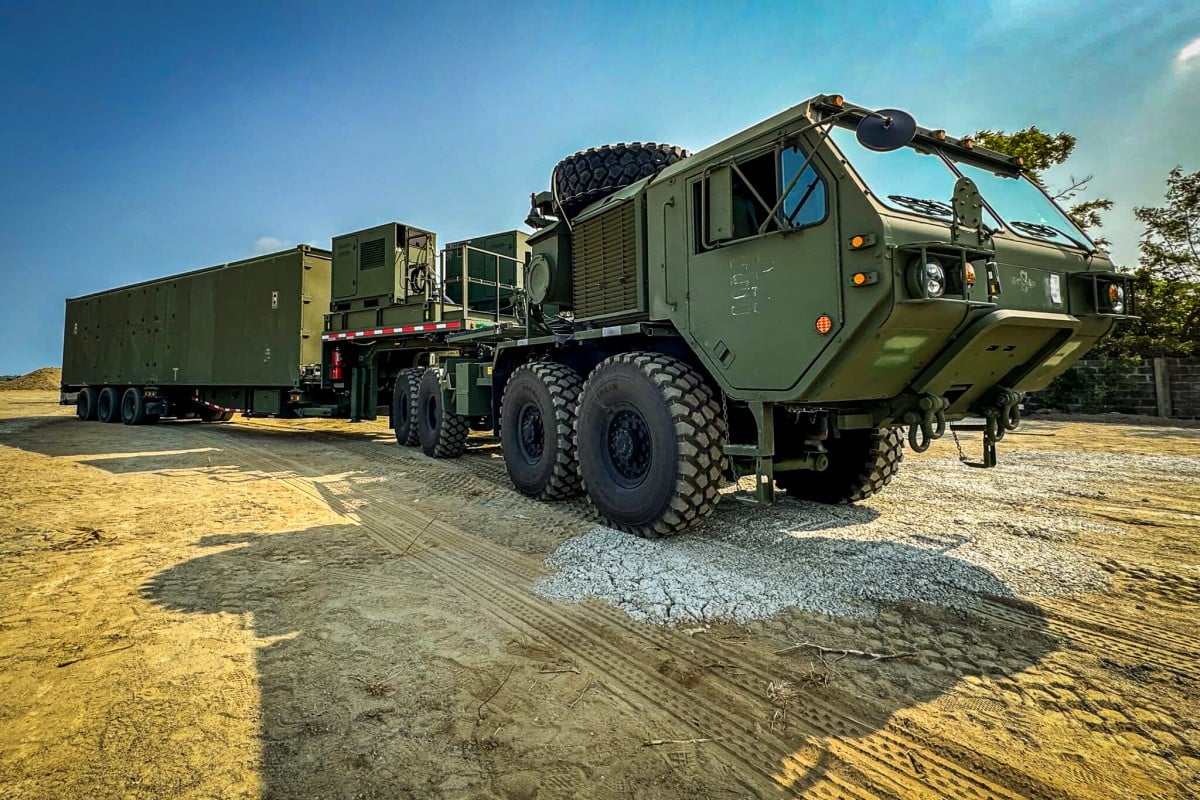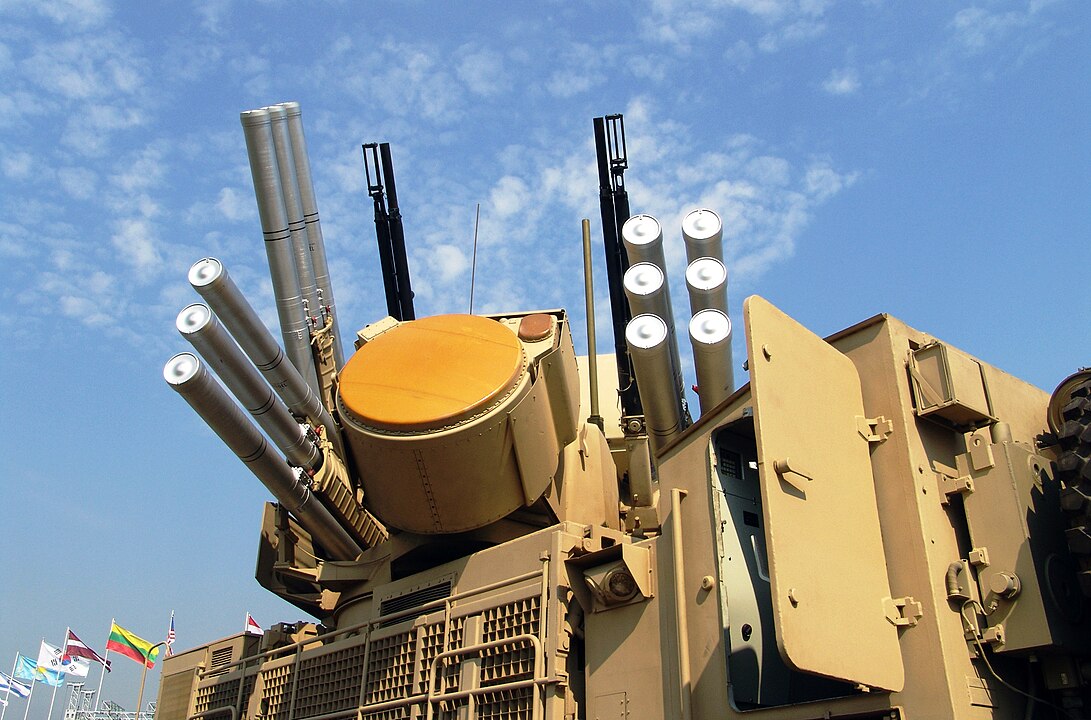Beijing is likely to further militarize its positions in the South China Sea after a once-prohibited missile system’s “surprise” deployment on the Philippine island of Luzon.
The MRC missile system is a kind that hasn’t been seen in the Asia-Pacific region since before the 1987 US-Soviet Intermediate-Range Nuclear Forces (INF) Treaty, which President Donald Trump withdrew the United States from.
Capable of firing the standard missile 6 (SM-6) or Tomahawk cruise missiles with a range of 2,500 kilometers and can be tipped with nuclear warheads, land-based launchers like these were considered one of the most dangerous and problematic weapons of the Cold War, because they’re mobile and can be deployed near front line areas while carrying a cross-continental range of fire.
The Jupiter missile system, with a range of 2,500 kilometers was the nuclear weapon that the United States had positioned in Turkey at the time of the Cuban Missile Crisis, and it was the handshake agreement of their removal that helped end it.
The missile was deployed during the Salaknib Exercises, an annual joint US-Philippines live-fire drill in March that for all intents and purposes is practicing how to fight the People’s Liberation Army of China. Collin Koh, a senior fellow at the S. Rajaratnam School of International Studies in Singapore, told the South China Morning Post that it was “surprising” the MRC was deployed to the Philippines first and not to a more senior US partner like Japan.
While global parlance terms this hotly-contested area of international water the South China Sea, Manila refers to it as the West Philippine Sea, and is routinely involved in confrontations with Chinese vessels, in both military-to-civilian and military-to-military encounters that have involved the use of water cannons and even lasers.
Since the Biden Administration took office in the White House, the Pentagon has accelerated its military partnerships with the archipelagic nation which is involved in disputes with China over several uninhabited atolls and islands in the middle of this sea, such as the Spratleys. This has included the reopening of Subic Bay Naval Base, and now the placement of the MRC on Luzon, the Filippino island closest to Taiwan.
Deterrent or provocation
“The location itself is somewhat very strategic, and it covers both potential Taiwan Strait contingency, and, of course, the South China Sea contingency,” Koh said, who added that it will “equalize” somewhat rocket and missile forces between the Phillippines and China.
“There is the potential likelihood of this US deployment prompting China to further militarise the South China Sea,” Koh said, in a bit of a contradiction.
There is reason to be suspicious, 26 months into the war in Ukraine, of American efforts to “deter” countries with the deployment of military equipment.
In a pre-Ukraine war article filled with some of the most telling admissions of the US’ true aims in Ukraine, Helene Cooper of the New York Times quoted Biden Admin. officials who said that $2.5 billion in military aid from the US has been “calibrated” not to provoke Mr. Putin into invading. They were meant only as a deterrence.
It has to be said that China will have her own set of conditions for when a deterrent becomes a provocation, and a nuclear-capable launcher poses serious threat calculations for Beijing. In 2017, whistleblower and former nuclear war planner at the Rand Corporation Daniel Ellsberg revealed that nuclear weapons were deployed on Taiwan during the 1954 Taiwan Strait Crisis.
A 2021 interview with a former colleague of Ellsberg, Morton Halperin, further revealed that US military forces including those engaged in the Taiwan Straits were equipped and trained only to fight a nuclear war, with conventional weapons being referred to “obsolete iron.
so Beijing will know that the US, albeit a distant generational version of the same, is willing and capable of deploying nuclear weapons as close as 110 miles off her shoreline.
In terms of a provocation, the Cuban Missile Crisis shows how nations react to these threats, and a more belligerent version of the Philippines guarded by US launchers that can launch nuclear-tipped cruise missiles is certainly a sizable fraction of the threat that Washington perceived the missiles on Cuba to be in 1962.
Until 2019, weapons of this range were illegal under the INF Treaty, but rather than re-negotiating a new version that included China, or bringing greater inspection rights to address Russia’s alleged breaches of it, Donald Trump withdrew the US altogether and didn’t negotiate a replacement. It was the second of four arms control agreements that have elapsed since the end of the Cold War, and the first of two that happened during the Trump administration.
The MRC can and will most likely only fire conventional weapons for the course of their deployment, but Chinese military planners are now forced by the rules of the nuclear game to put in place contingencies that assume the MRC will be armed with nuclear weapons, based on history and out of necessity, making the South China Sea suddenly a lot more sensitive. WaL
PICTURED ABOVE: A US Mid-Range Capability (MRC) missile launcher arrives in northern Luzon Island, Philippines on April 8. PC: US Army



